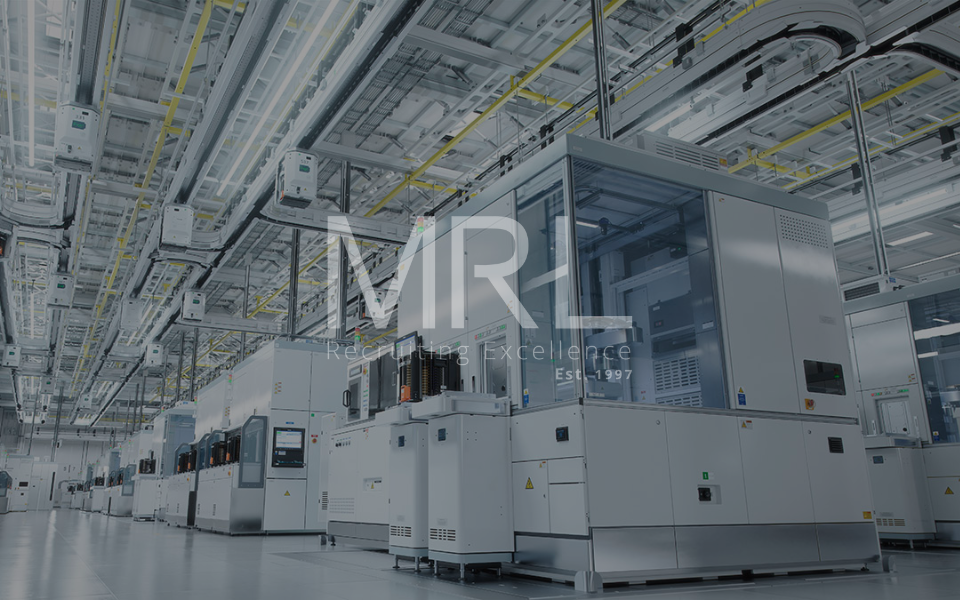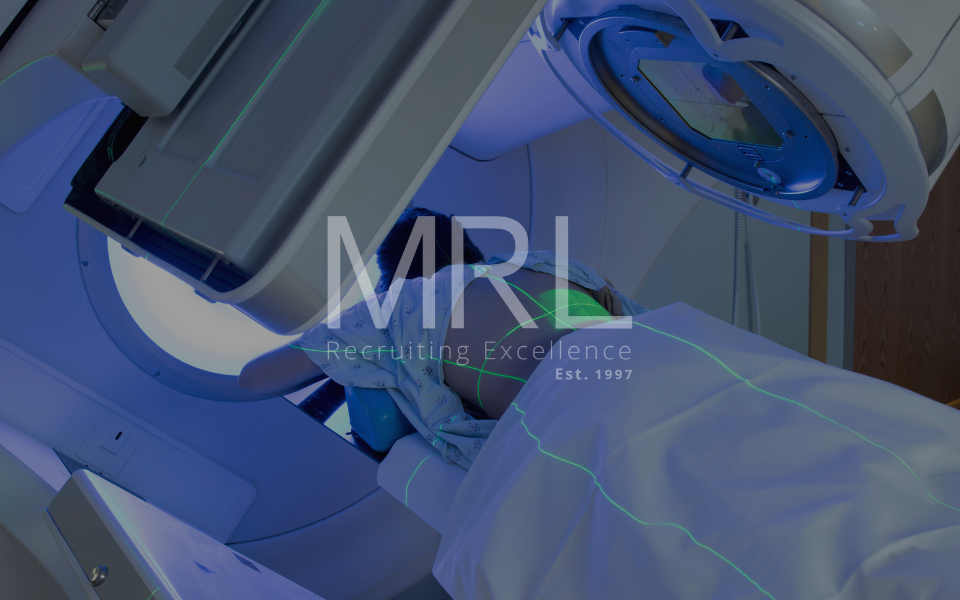Expansions, Talent Shortages and an Ageing Workforce; Semiconductor News
07 Dec, 20233 minutesThe semiconductor industry has seen its fair share of headlines this year as companies expan...

The semiconductor industry has seen its fair share of headlines this year as companies expanded like never before, and governments looked to incentivise them with subsidy acts such as the American CHIPS Act. Hundreds of billions of dollars have been invested or subsidised this year as a response to the semiconductor shortage that plagued Q1 & Q2 of 2023. Whilst all of this investment is ultimately a net positive for the industry, its workforce, and society as a whole, it does open up one enormous question that has to be addressed before it’s too late; where are we going to find the professionals to fill the offices, R&D facilities and Fabs that have all broken ground?
Take, for instance, The $58 billion that has been pledged and invested in Arizona; An incredible level of investment for just one of the 52 states in America. This $58 billion is comprised of a $26 billion pledge by TSMC for 2 new fabs, a $20 billion investment from Intel into its facilities in Chandler, and LG’s $5.5 billion investment to make electric vehicle batteries in Queen Creek. This level of investment is fantastic, but when you look at the amount of manpower required to ensure these investments provide an ROI, it becomes quite daunting.
A semiconductor Fab in North Carolina received $5 billion in funding in 2023, which was expected to create 1,800 jobs. If we take that as a rough estimate, the $58 billion invested in Arizona could create up to 20,000 new jobs. That’s 20,000 professionals that need to be recruited, trained, and inducted; a tall order given that, at the time of writing, over 11,000 vacancies are being advertised on LinkedIn alone.
And that’s not all. The average age of semiconductor engineers is around 45 years old, with more than 50 percent of the total semiconductor workforce being over 40 years old; what happens when, in 10-15 years, a huge % of the current workforce retires, and the hundreds of billions of dollars of investment come to fruition and all of these new facilities open?
We’re talking about an estimated talent shortage of 67,000 engineers, technicians, and computer scientists by 2030. Whether or not this has taken into account the tens of thousands who will have retired by 2030 as well isn’t clear, but one thing is; that the talent shortage is growing faster than companies can hire, and faster than students can graduate.
Now, we’re going to be biased for a second; an obvious solution for companies looking to get ahead of their competitors is to retain a specialist consultancy, like us, with over two centuries of recruitment experience between their consultants, 250,000+ active professionals in their network across the globe, and a proven track record of hiring teams and individuals into every kind of semiconductor company you can image, from start-ups to industry leaders.
Now we’re not saying this is the whole answer, there’s so much that needs to be done, from making the industry more attractive to younger generations, especially women (who currently only make up 7% of the industry’s electrical and electronics engineers), all the way through to ensuring that companies are offering perks, salaries, and benefits that are representative of what people value today.
Progress is being made, but is it quick enough? Time will tell…
If you’d like to talk to one of our consultants about finding a job perfect for you or hiring for your company or department, get in touch with us today: info@mrlcg.com




